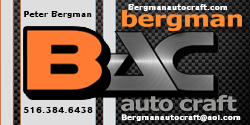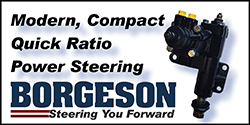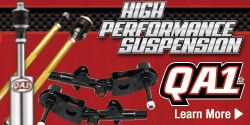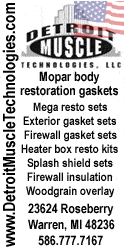There were a few
fish eyes in the 360 block and oil pan. The primer went on fine but the paint didn't.
I painted the heads, they looked okay. The 340 I painted looked fine too. I am not 100% sure what caused the fish eyes but I think it might be contamination in the air line. I forgot to route the line through my water trap. Today I bled some air from the compressor and there is a fair amount of water in the tank. I'm going to drain it and let it refill before the next application of paint. I think that since the first few shots of paint I sprayed were on the 360, the initial spray was contaminated with water from the line. When I sprayed the parts that came out okay, the water must have already passed through the line.
I'm just guessing but it makes some sense. The primer is from a spray can and it sprayed and looked great on everything.
I tried to sand the flaws out of the oil pan but ended up having to strip it all the way down to bare metal to start over. I don't mind a few flaws here but some looked so obvious, I'd look like a real hack to just let them remain.
Post #136 above posed a question about the pistons and the valve reliefs in them. I was trying to determine which cylinders each piston will go in and while looking at the valve reliefs, it wasn't obvious which side was intake, which was exhaust. In other heads, it is often immediately evident...
The Ross pistons (From my previous 440/493 build from years ago) above are one example.
With these KB 107s, I couldn't tell.
Some old school pistons have valve reliefs top and bottom like so:
With some pistons, the valve reliefs look identical, making the pistons symmetrical and able to work in every cylinder as long as the notches are above centerline and aiming toward the intake.
With these KBs, I'd measure them but get inconsistent numbers since I was trying to measure them with cheap calipers on curved areas with no guarantee that I was measuring squarely. THEN....FABO member
@413 suggested that I try using something round as a gauge to hold against the curved edge. GREAT idea, it was right along the lines of my usual thinking but this time it didn't occur to me.
Here is a 2.19" intake valve for a big block Edelbrock head:
Same radius, same curve. Now, the right side:
Forgive the imperfect pictures...It might look like there was more of a gap in the left pocket but they are the same. I have 1.88" intake valves here so as far as I can tell, these pockets are the same and my valves would easily clear both sides.

















